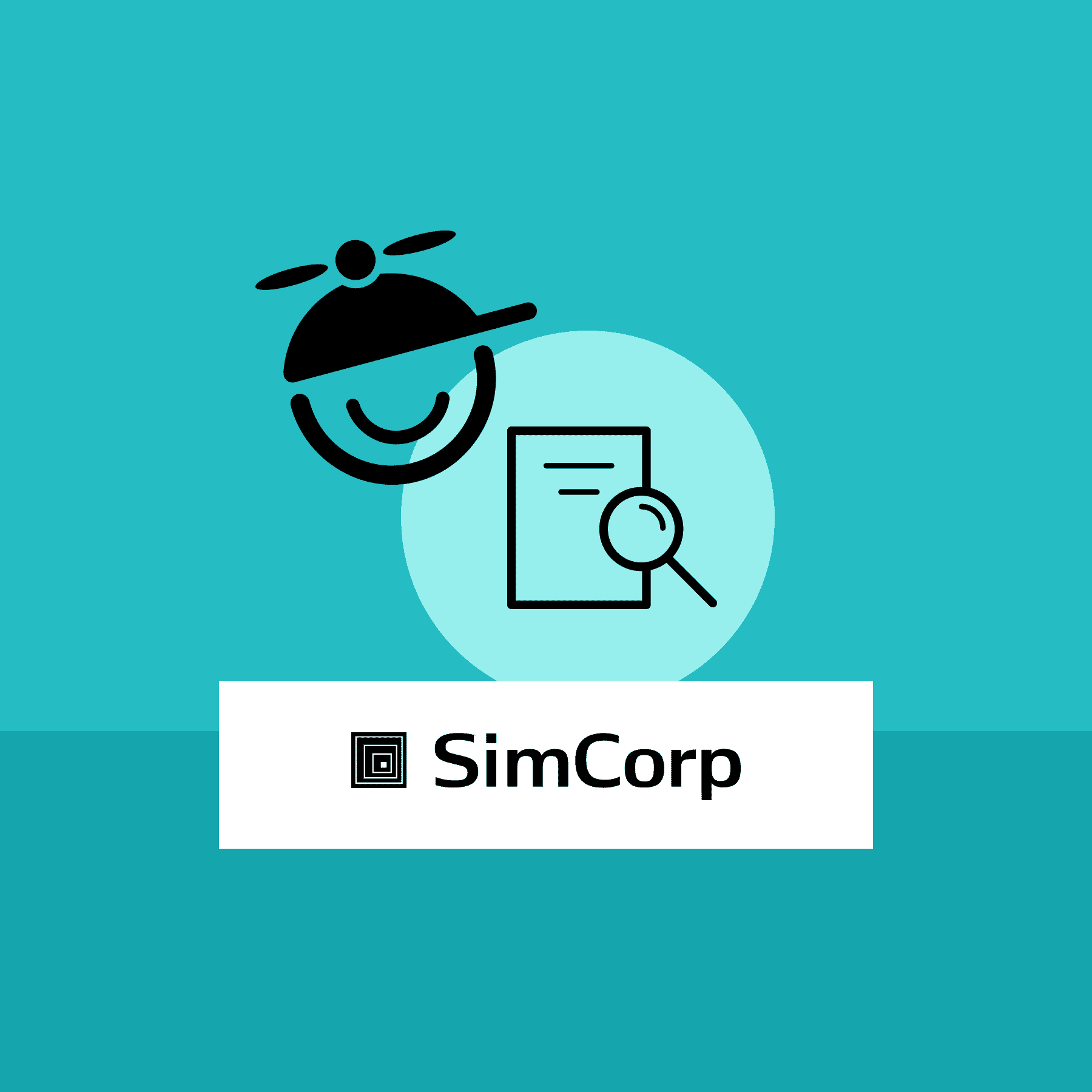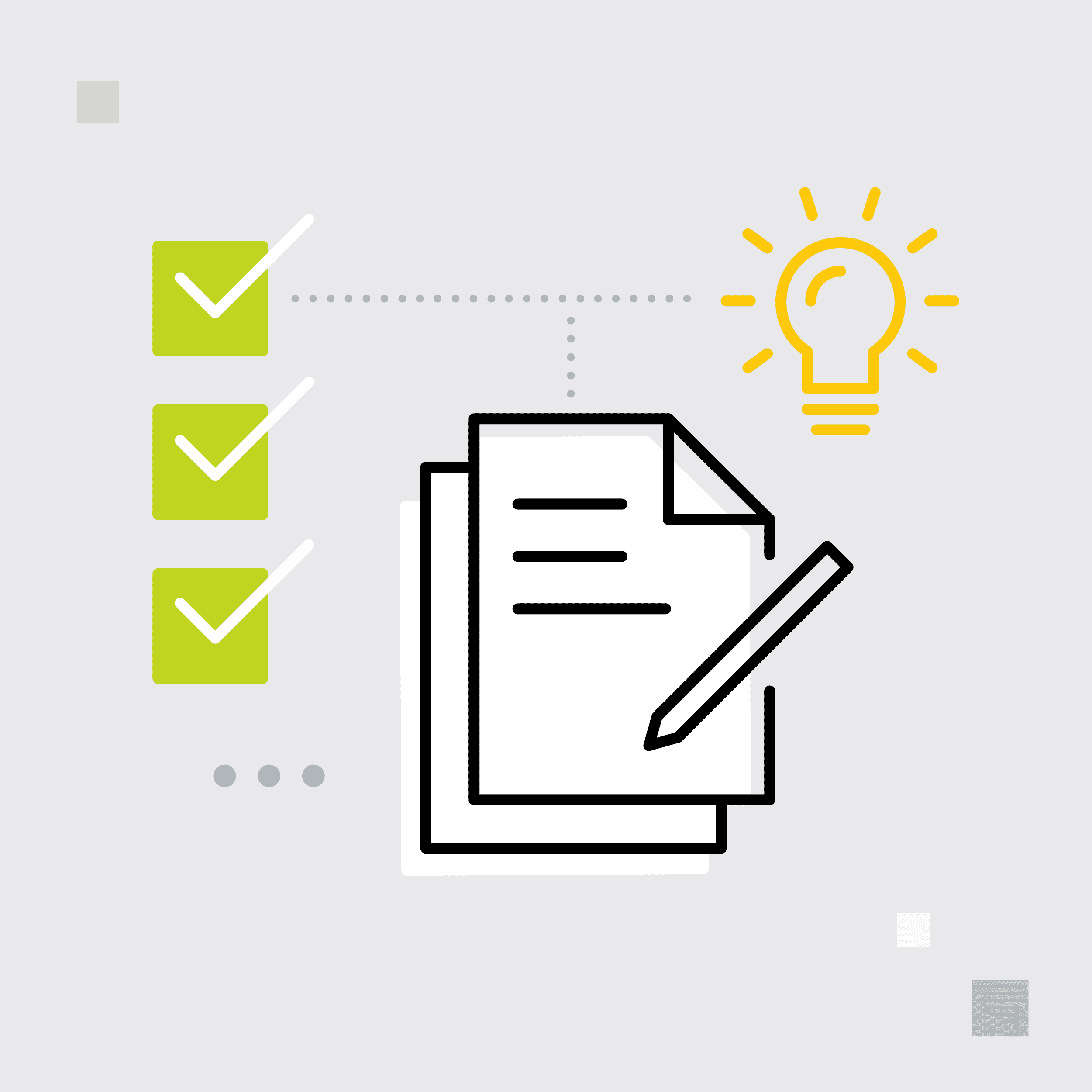This guest post was written by Media Shojaee, a Content Strategist, Content Architect, MadCap Advanced Developer, and an experienced Technical Writer with a demonstrated history of working in the computer software industry. He is skilled in Madcap Flare, CSS, Technical Documentation, HTML, and Software Documentation.
What is Content Architecture?
Wondering how to improve content development? Content architecture is one of the steps how to create one. It is the process of designing a structure that can utilize content effectively, efficiently, and create outputs that satisfy the stated or implied user needs of the target audience. Similar to information architecture in web design, there are so many factors that can affect the content architecture. In this article, I will review some of these factors, and suggest a model which can pave the way for the information architect. It is important to note that the process of improving content architecture can be different from business to business.
Some organizations may use a one-time waterfall process while others might use an agile approach. To make it simple, a good content architecture should provide the best solutions for the missions and strategies of an organization. Contents go through various stages of development. Following is a content model to categorize these stages.
While the mission of content determines why content should be published and available at all, the content strategy determines how to accomplish missions. The bridge between content strategies and content management is the content architecture which identifies how specifically content should be created, designed, and published to achieve the goals of content marketing strategies.
In content architecture, the role of a content architect is critical to make the functional decisions that facilitate the content operational activities for effective content management. Content architecture provides a road map for developers who want to have a clear content workflow from production to publishing, also known as end-to-end production. Tools such as content authoring software play a pivotal role in this process, enabling the creation and management of structured, reusable content that aligns with the defined architecture. Content architecture is where you should think big, but you can start with small steps.

In content architecture, the role of a content architect is critical to make the functional decisions which facilitate the operational activities for effective content management. Content architecture provides a road map for content developers who want to have a clear workflow from production to publishing, also known as end-to-end production. Content architecture is where you should think big, but you can start with small steps.
Why is Content Architecture Important?
A content architect should see the big picture as much as possible. If an organization's content mission is modified and its strategy is revised accordingly, the architecture should be flexible enough to correspond with the changes in a way that minimizes the response time for providing the right content type for the audience, enhancing their overall digital experience.
Another reason that underlines the importance of an effective content architecture is that the demand for structured and meaningful content is on the rise. Companies want to provide just-in-time content that is well-organized, and the target audience needs the information which is faster to find and easier to understand.
If users cannot find the right information quickly and easily, they skip the content for other potentially more costly resources, ignore the service, or ask for a redesign of the content item. At the end of the day, the company should bear the cost of quality for reworking the content.
A good content architecture, supported by a robust content delivery platform, helps readers answer their own questions without contacting various departments of a company.
What Happens Without Content Architecture?
Without content architecture, it is a laborious task to develop content and escape the following consequences:
- The final content might not satisfy the users, which can impose the cost of quality if redesigning the architecture is necessary. This happens when companies jump to content management without designing the architecture.
- Unmanageable content is growing in size, scope, and complexity, and the big mess of data needs to be structured and organized separately for each output.
- The content developers do not have a clear and specific plan to follow. It can feel like a mess too big to take it on1. The user won't enjoy meaningful user experience, and the content may not look as attractive as it should be, negatively impacting the overall web design.
- Content is a strategic business asset. If the right information does not find the right person in the right way, the business is not successful to deliver the required service that the audience or the user needs.
Internal and External Benefits of Content Architecture
Content architecture brightens the mind and shows the path to content developers to design the workflow of operations in the content management stage. Consistency of content increases by predefined layouts, structure, etc. which is necessary, especially when a number of authors work in a group. A specified architecture brings less variability which speeds up decision-making processes for different types of content.
Excellent content architecture can bring more user engagement, increase customer satisfaction, and decrease the number of emails and contacts to an organization.
A content architect, technical writer, or project manager must successfully address the following critical decisions to reduce the cost of quality and response time, make the architecture flexible enough to support future changes, and maximize the internal and external benefits for an organization.
Critical Decisions of Content Architecture
The following checklist of critical decisions specifies almost all the important criteria that a content architect must consider before starting a project. However, a content architect may think deeper about or even ignore a decision from the checklist based on the size of the project.
The desired quality of outputs specifies how much time should be dedicated on each structured content item. Structuring great content takes time and requires investment in the content design process and purchasing necessary technologies.
Sometimes there is not a clear cut to put a critical decision into a specific stage, and a decision or question may be reviewed in other stages as well to align with content strategies and content management stages.
|
Area of Decision |
Decisions / Questions |
Best Practices |
Next Step |
|---|---|---|---|
|
Strategy |
What kind of content should be created? A single page file, a long document that will be published to multiple channels, or a video? |
Choose the appropriate Technology (MadCap Flare, MS Word, Doc-To-Help, MadCap Mimic, etc.) |
n/a |
|
Strategy |
Do we need feedback or comments from the readers? |
MadCap Central for usage intelligence, and ways for readers to provide proactive comments and feedback |
Integration with Flare projects |
|
Strategy |
Single or Multiple Authors |
Team Design (Cross-training, Job Design, Job Rotation, etc.) |
Refer to HR or Project manager |
|
Content Architecture |
What is the best Source / Version Control Systems and Backups system to store my projects? |
Madcap Central, Github, Apache Subversion, Perforce, etc. |
Test to find the best practice for your project |
|
Area of Decision |
Decisions / Questions |
Best Practices |
Next Step |
|---|---|---|---|
|
Strategy and Content Architecture |
Should I support multiple Languages? |
MadCap Lingo, or liaise with MadTranslations |
Integration with Flare projects |
|
Strategy and Content Architecture |
Should I publish content to other platforms? |
Salesforce Knowledge, Zendesk Guide, other content management systems |
Integration with Flare projects |
|
Strategy and Content Architecture |
What kind of outputs should be published? |
Responsive HTML5, PDF, CHM, Word, etc. |
Add necessary targets, design skins, page layouts, master pages, etc. to your Flare projects |
|
Content Architecture |
Concept-based, Hierarchy-based, or combine architecture? (taxonomy) |
Design topic templates or information types, TOCs and publishing targets |
n/a |
|
Strategy and Content Architecture |
Who is your target audience? What is the level of your audience's sophistication? |
Grammar, voice, tone, lay, and readability scores |
Identify the least / lowest common denominator, use text analysis in MadCap Flare |
|
Area of Decision |
Decisions / Questions |
Best Practices |
Next Step |
|---|---|---|---|
|
Strategy and Content Architecture |
What techniques and features can save time for content developers? |
Micro content, auto suggestions for variables snippets, shortcut modifications, scheduling build and publish |
Review Flare's online Help |
|
Content Architecture |
What project structure should I use? |
Single or multiple projects? |
Review Flare’s project structure guide |
|
Content Architecture |
What contents are reusable? |
Single-sourcing (topics, snippets, variables, micro content, etc.) |
Use Flare’s internal Analyzer for reuse suggestions |
|
Content Architecture |
Do we need responsive outputs (RWD)? |
Ready-to-use templates and layouts or start from scratch, media queries, responsive conditions, etc. |
n/a |
|
Content Architecture |
Do we need to link the outputs to a software application? (Context-sensitive help) |
CSH Alias Files |
Add IDs and link topics |
|
Area of Decision |
Decisions / Questions |
Best Practices |
Next Step |
|---|---|---|---|
|
Content Architecture |
Do you need different outputs that all stem from the same set of source files? |
TOCs, Conditions, Snippet Conditions, Variables |
n/a |
|
Content Architecture |
How can we help users find information easier? |
Elasticsearch, MadCapSearch, Micro Content, Glossary, Index, FAQ, etc. |
MadCap Central for output analytics |
|
Content Architecture |
Navigation Strategies |
Top / Side Navigation, relationship tables, browse sequence, mini-TOCs, cross-references, breadcrumbs, etc. |
Review Flare's online Help |
|
Content Architecture |
What UX or UI is suitable for the reader? |
1. Preview and download project templates. |
|
Area of Decision |
Decisions / Questions |
Best Practices |
Next Step |
|---|---|---|---|
|
Content Architecture |
Do we need search engine optimization? |
Metadata and SEO techniques |
n/a |
|
Content Architecture |
How should I analyze and report the issues in my project? |
MadCap Flare’s internal Analyzer |
Review Flare's online Help |
|
Content Architecture |
How should I name the files and folders? (nomenclature) |
Various methods can be used |
Be consistent with your method. Review Flare’s project architecture guide |
|
Content Architecture |
Do we have existing content files to import? |
It depends on your legacy content and what you want to repurpose |
Review Flare's online Help |










